#american avant garde
Text

Mechanics of Love (1955), dir. Willard Maas & Ben Moore
2K notes
·
View notes
Photo

Joe Brainard
Untitled (Whippet on Green Couch), 1973
#joe brainard#painting#animal art#realism#new york school#avant-garde#modern art#american artist#tibor de nagy gallery#everyday pictures#dogs are family
14K notes
·
View notes
Text

#jonas mekas#70s#experimental film#american cinema#home movies#personal events#American avant-garde cinema#experimental filmmakers#New American Cinema#diary-movies
481 notes
·
View notes
Text

Alexander Archipenko
Woman with a Fan
1914
#Alexander Archipenko#ukrainian artist#Ukrainian painter#avant garde#avant garde art#avant garde painting#russian avant garde#american artist#american painter#modern art#art history#aesthetictumblr#tumblraesthetic#portrait#portrait painting#portrait art#tumblrpic#tumblrpictures#tumblr art#aesthetic#beauty
49 notes
·
View notes
Text


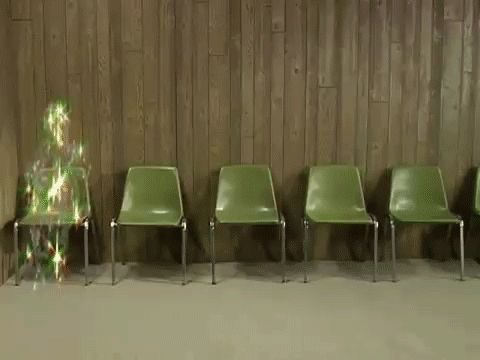
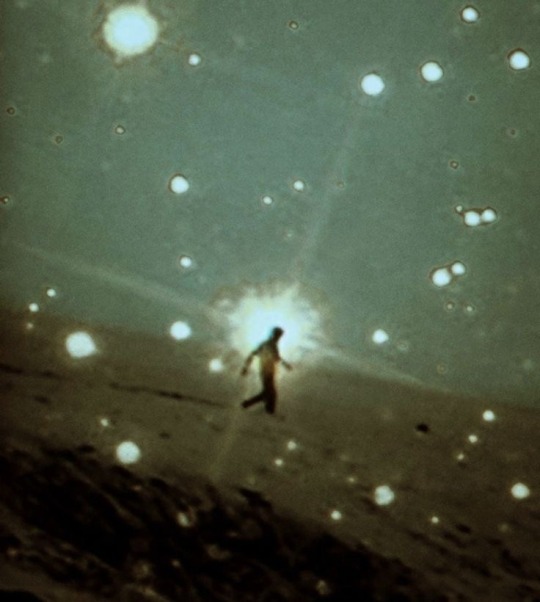


counseling session
#after hour#childhood memories#xspiritualism#small town gothic#american gothic#rural america#horror movies#satanism#satanist#hellcore#2000s nostalgia#broadcast#lost media#found footage#avant garde#religious trauma#vhs tapes#suburbia#internet horror#indie film#strangecore#2000s suburbia#weirdcore#2014 tumblr#2014 aesthetic#2014 grunge#90s nostalgia#90s#2014 nostalgia
11 notes
·
View notes
Text

#movie#film#cinema#experimental film#experimental movie#avant garde film#avant garde movie#Meshes of The Afternoon#Maya Deren#Alexander Hammid#American experimental film#American experimental movie#movie trailer#film trailer#movie poster#film poster
9 notes
·
View notes
Text



Box # 46(1966) by Lucas Samaras (b. 1936)
#greek#art#art history#τέχνη#ζωγράφος#painting#painter#contemporary art#avant garde#Lucas Samaras#Λουκάς Σαμαράς#greek american#box#construction#pop art
8 notes
·
View notes
Photo
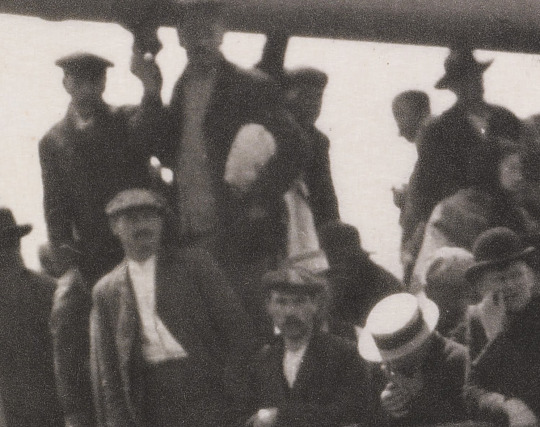



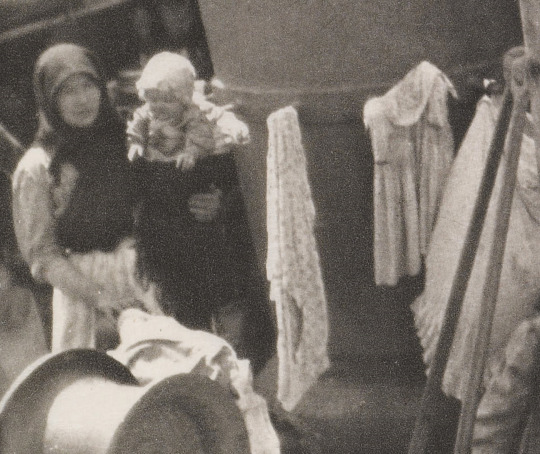

Alfred Stieglitz - The Steerage, 1907. Still actual as ever.
71 notes
·
View notes
Text
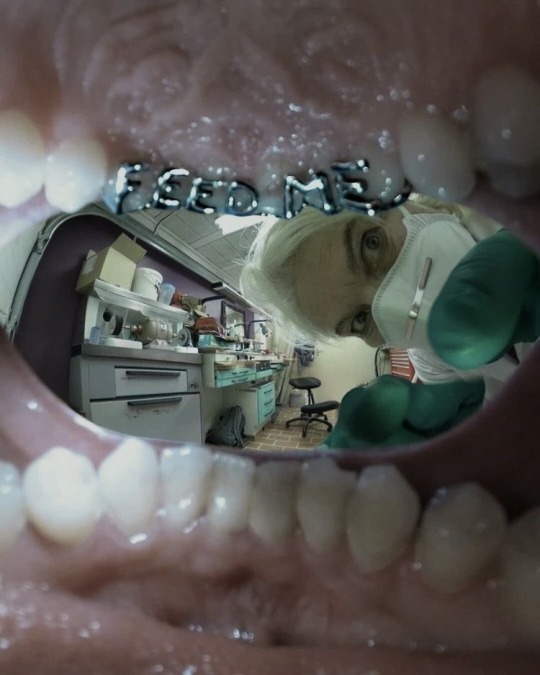




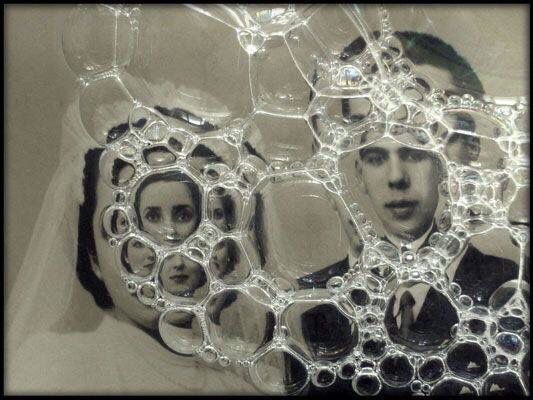
FART (art)
all credits to original artists !!!
#artwork#photoshoot#photography#weird stuff#weirdcore#avant garde#camp camp#2k14 aesthetic#tumblrgirls#2014 tumblr#american apparel#indiesleaze#2014 girl#2014 nostalgia#2014 sleaze#2014 revival#bring back 2014
8 notes
·
View notes
Text
Cosplay the Classics: Maya Deren in Meshes of the Afternoon (1943)




My closet cosplay of Maya Deren in her film Meshes of the Afternoon
I’ve been sitting on this cosplay for a shamefully long amount of time at this point. Originally, I thought to myself, “self, there’s no need to write anything long-form or meaningful to accompany this cosplay. Everybody knows Maya Deren.” But, then I did a quick little search around the internet and felt the inauspicious tug of the Curse of Knowledge.
Over the eighty years since Maya Deren made Meshes of the Afternoon, images of Deren have become emblematic of experimental film, both here in the United States and internationally. I’ve been privileged enough in my life to have formally studied the history of independent film in America and have also worked at an institution that specializes in preserving avant-garde film. So, for me, Deren’s shadow looms large. She is, no exaggeration, one of the most important figures in the American experimental film tradition. On tumblr, Deren’s image (particularly in Meshes of the Afternoon) has proliferated even further with popular sets of gifs and stills. That said, I can’t pin down quite how much the average film fan knows about Deren’s films and ideas. To put some things in context, I’d like to start by highlighting how she became an icon of experimental film.
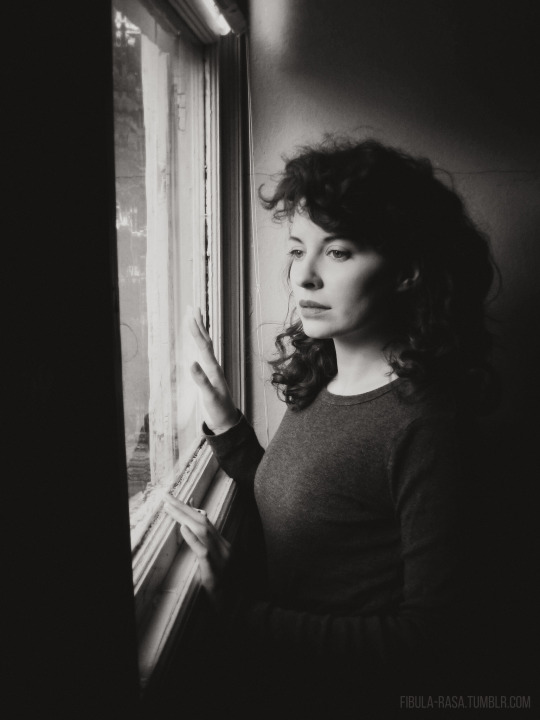
Picture it: America in the 1940s. You’ve delved into filmmaking for the first time without a production company behind you. You’ve independently created a short, silent, poetic, experimental film at the height of the US’ studio era. The same qualities that might classify a film as niche today were even more pressing in the 1940s. So, how do you get it seen? Maya Deren had some ideas about that.
Deren was confident in film as an artistic medium. Over the course of the 1940s and 1950s, Deren arranged her own screenings by renting out a playhouse, and marketed and packaged her films for universities and artistic and cultural institutions in the US and in Europe. Deren also wrote pretty extensively about film form and also about the nature of and meanings behind her films. Deren would also speak at screenings of her films. So, basically, before there was a festival circuit or arthouses or cinematheques in the US, Deren positioned herself as author and primary marketer of her films. This necessary self promotion was pattern setting for the time, but also created an indelible association between her image and the developing independent film scene in mid-century America.
Deren’s image being the emblem of experimental American film is largely due to the way she continually promoted her films and engaged directly with her audience and with discussions around her work. (Additionally, seeing as Deren’s movies were self-produced, how much she could make renting and screening the films would provide the budget for the next film.)
If you’ve gotten this far in this write up and haven’t seen many/any of Deren’s films, first of all, thanks, but second of all, I recommend checking out a triple feature of films commonly grouped together as her “trance” films: Meshes of the Afternoon (1943), At Land (1944) [my personal fave], and Ritual in Transfigured Time (1945). They are all less than 15 minutes by the way, so don’t be daunted at the suggestion of watching three films in a row! Keep in mind that all three of these films were initially conceived of and released without a soundtrack. There is an authorized score for Meshes of the Afternoon composed later by Deren’s third husband, Teiji Ito, but how well that score serves the film is debatable. So, depending on where you choose to watch her films you may want to watch them soundlessly the first time, just to be sure that the music doesn’t get in the way. (Though I will say some of the scores I’ve seen people make on their own are crackerjack!)
As a preface to your viewing experience, I’d like to advise you not to get too caught up in overly logical and literal thinking—don’t intellectualize. Getting too hung up on whether you “got” a piece or art or not is just a barrier to genuine experience. Oddly, this is something I bang on about a lot in real life (and maybe I have on here before, I don’t remember) but it was pretty exciting reading more of Deren’s writing and coming upon this very relevant passage:
“It is therefore relevant to underline, here, the fact that the appreciation of a work based on experiential, or inner, realities consists not in a laborious analysis based on the logic of a reality which a ‘prepared’ spectator brings to the work. It consists, rather, in an abandonment of all previously conceived realities. It depends upon an attitude of innocent receptivity which permits the perception and the experience of the new reality. Once this reality has been perceived and experienced, its logic may be deduced if one wishes. Such a deduction is not necessary to the perception and can only follow it as a secondary activity, much as an analysis of love, for example, can only follow upon the experience but can never induce it.”
— Cinema as an Art Form" by Maya Deren, New Directions 9, 1946
The anecdote I often bring up to illustrate “innocent receptivity” to people who are reticent to take my advice is from David Lynch. Lynch recounts a private screening of his work for Mel Brooks when Brooks was considering him to direct The Elephant Man (1980), which Brooks was producing. Lynch assumed that that was the end of the line for him, but instead, Brooks loved his films and shared his own emotionally-grounded read on Eraserhead (1977). Lynch hadn’t anticipated Brooks’ intelligence as an artist and film enthusiast or his receptivity to the form. Lynch was obviously hired. Basically, we could all do with being more like Mel Brooks.
If you get the chance, and you’re interested in expanding your understanding of film as art, I strongly recommend checking out Deren’s writing. Her prose might seem florid, but I promise it’s a floridity based on precision of explanation, it’s not an exclusionary type of wordiness. There is a collection of some of Deren’s work from 2004 called Essential Deren (available on the Internet Archive). I’ve also been considering recording a reading of her essay “Cinematography: The Creative Use of Reality” if having an audio file would be appealing to anyone?
Well, thanks for making it all the way through! I know I haven’t really been doing longer-form stuff for this blog lately. Words are kind of a struggle for me and I get pretty easily discouraged to express myself with them, but upon reflection, I knew Maya Deren deserved the effort. I hope that I’ve provided sufficient inducement for you all to check out her work!

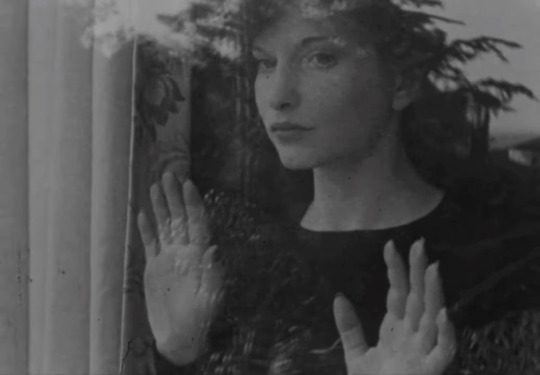
A couple of reference photos for my closet cosplay
P.S. I posted some excerpts of Deren’s writing over on my “whatever” tumblr
Buy me a ☕
#Maya Deren#Meshes of the Afternoon#1940s#1943#cosplay#cosplay the classics#closet cosplay#american film#independent film#avant-garde film#experimental film#female filmmakers#female filmmaker friday#film#movie recommendations#classic film#film blog
33 notes
·
View notes
Text
Matana Roberts — Coin Coin, Chapter Five: In the Garden (Constellation)

Photo by Anna Niedermeier
This is the fifth album of a projected 12 in Matana Roberts’s Coin Coin series, named after a slave, later activist, Marie Thérèse Coincoin. As with previous volumes, Coincoin’s biography intermingles with folk tales, slave stories and songs, and discussions of the rich, often tragic, history of African Americans. Another element of the Coin Coin series is the relationship between past and present. In this case, the overturning of Roe v. Wade in the present mirrors the story of an illegal and fatal abortion conducted on one of Roberts’s ancestors. In the notes, she says,"I wanted to talk about this issue, but in a way where she gets some sense of liberation.” Rather than being shamed, as so many women currently are in the wake of the SCOTUS decision, in the lyrics Robert’s relative is described as, “electric, alive, spirited, fire, and free.”
Roberts is a versatile artist, a saxophonist and composer who not only works in musical contexts but in theater, fine arts, and poetry. The spoken word portions of Coin, Coin Chapter Five are performed by Roberts and poet Gitnajali Jain. The balance of spoken word and music is well-conceived. The music itself is performed by a host of prominent musicians and produced by Kyp Malone (TV on the Radio). Roberts covers a number of instruments in addition to saxophone, Darius Jones plays alto saxophone, Matt Lavelle, clarinet and trumpet, Mazz Swift, violin, Stuart Bogie, clarinet and bass clarinet, and Mike Pride and Ryan Sawyer play drums and percussion. Pretty much all the performers play tin whistles and sing.
Free jazz is an important component of Robert’s music-making, and it is here in abundance on “Different Rings,” “Shake My Bones,” and “Predestined Confessions.” The arrangements of these complex pieces are well wrought throughout. “A Caged Dance,” trades a gorgeous post-bop solo with dissonant interjections, providing a polystylistic framework. This is not unique to “A Caged Dance.” A number of pieces combine different idioms. Malone’s synthesizer and Pride and Sawyer’s rockist drumming move the piece outside the jazz tradition. The chorused vocals that sing rounds and the children’s folk song, “All the Pretty Horses,” create some of the most memorable music on the album.
The closing track, “Ain’t I … Your mystery is our history,” with its plethora of tin whistles and jangly percussion, recalls both avant-classical and African music. It is significant that Roberts returns to a bespoke instrumentation and non-Western sound world to send the piece home. Less than halfway through, the Coin Coin series is engaging and ever new. Seven more installments: one is eager to hear what is next.
Christian Carey
#matana roberts#coin coin chapter five#in the garden#constellation#christian carey#albumreview#dusted magazine#saxophone#jazz#sound collage#avant garde#experimental#Marie Thérèse Coincoin#african american history#Bandcamp
12 notes
·
View notes
Text
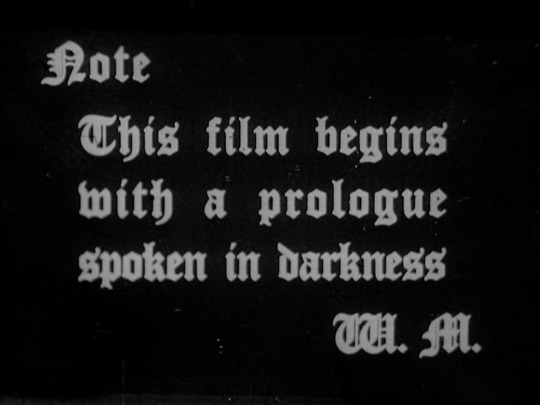
Image in the Snow (1952), dir. Willard Maas
#Image in the Snow#Willard Maas#50s#experimental film#avant garde#short film#queer cinema#american cinema
450 notes
·
View notes
Photo

Leon Zernitsky — Avant-Garde Jazz (acrylic on canvas, 2018)
71 notes
·
View notes
Text


Wassily Kandinsky, Improvisation 28, 1912
Arshile Gorky, The Liver is the Cock's Comb, 1944
#wassily kandinsky#arshile gorky#abstract art#abstract artist#abstract painting#abstract painter#abstract#abstraction#der blaue reiter#abstract expressionism#abstract expressionist art#russian artist#american art#american painting#avant garde#modern art#art history#aesthetictumblr#tumblraesthetic#tumblrpic#tumblrpictures#tumblr art#aesthetic#beauty
11 notes
·
View notes
Text

#girls#tumblr girls#american rock#art rock#folk rock#the velvet underground#aesthetic#avant-garde rock#experimental rock#Spotify#soundcloud#russian#teenage#90s#90s fashion#russian aesthetics#SoundCloud
8 notes
·
View notes
Photo

Joe Brainard
Untitled (Still Life). 1968
#joe brainard#still life art#art on paper#watercolor art#new york school#avant garde#modern art#everyday scene#american artist#tibor de nagy gallery#flowers are pretty
23 notes
·
View notes